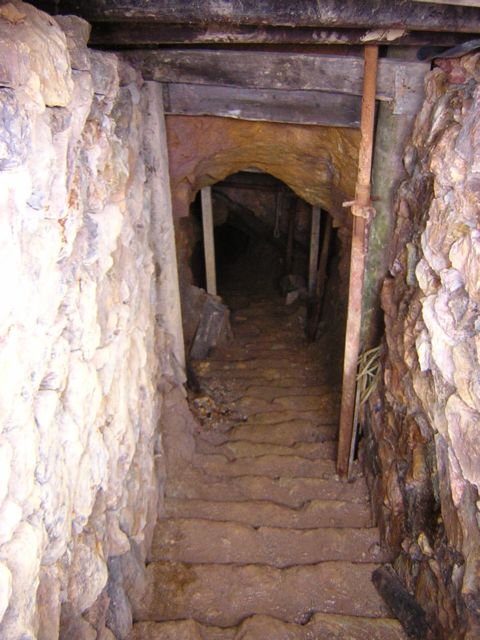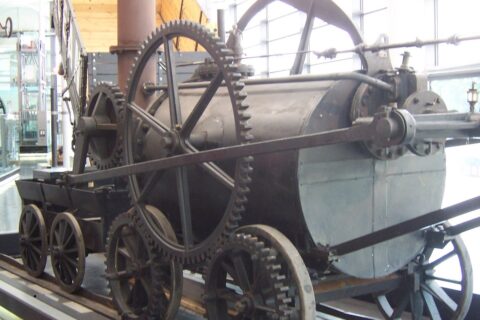Andrew Doyle digs into the claim that the Welsh government recently made that “racism relating to climate change, environment, and rural affairs” is oppressing visible minorities in the principality and preventing them from accessing the countryside:
The Welsh government believes that the countryside presents a problem for ethnic minorities. Its latest report on “racism relating to climate change, environment, and rural affairs” concludes that certain racial groups “face barriers created by exclusions and racism preventing them from fully participating in ‘environmental’ activities”. In response, the Welsh Conservative leader Andrew R. T. Davies has told a reporter from Guido Fawkes: “This kind of outdated virtue signalling nonsense is completely out of touch with the needs of the people of Wales. Labour is stuck on yesterday’s thinking, the kind that is being roundly rejected globally. Time to turf them out.”
The horticultural pun is forgivable given the sheer magnitude of the absurdity. While we might dismiss this as the usual brain-addled antics of the Welsh government, it’s just the latest example of a trend that has been ongoing for years. In September 2020, an article appeared in the Metro claiming that the countryside was “shaped by colonialism” and therefore is “unwelcoming to people of colour”.
Apparently, the illustration of three white people scowling at a black woman while standing in a meadow is proof of the article’s central thesis. I may as well sketch a shiny goblet and claim it as evidence that I’ve found the Holy Grail.
[…]
All of these examples are ostensibly frivolous and easy to dismiss as yet more “woke gone mad” news items, but there are other sinister aspects to consider. For instance, I was able to discover the reason why Kew Gardens went along with this ideological bilge by reading its Equality, Diversity and Inclusion Delivery Plan. One of Kew’s EDI “strategy pillars” includes the seeking of accreditation by outside activist groups including Stonewall. Like many public bodies, ideas are implements in the workplace in return for points on schemes like Stonewall’s Workplace Equality Index.
And this has serious ramifications. You might remember when the Times uncovered documents revealing that Stonewall has attempted to control what NHS trusts, government departments and local councils say on their social media accounts, demanding public support for its views on gender identity ideology, and then rewarding them with points towards its Top 100 Employers index. This means that if a government department uses the term “birthing parent” instead of “mother” they are able to advance in the scheme. It’s quite the racket.
Worse still, 10% of the Scottish government’s score on the index was relating to consultation with Stonewall on revising legislation. In other words, for a while there it was looking very much as though the SNP were using taxpayers’ money to fund a lobbying group that would in turn reward the government for changing the law according to their ideology.
The Welsh government is one of the worst offenders when it comes to pushing gender identity ideology onto children and working at the behest of identitarian activists. A Freedom of Information request in 2023 revealed that “Stonewall Cymru was directly funded by Welsh Government in the sum of £100,000 for the financial year requested”. (The full details can be accessed here.) I am not alleging that the latest drive to “problematise” the countryside is being directed by activist groups for financial gain, but it does suggest a certain susceptibility when it comes to this kind of ideological mania.
So when the Welsh government and other institutions insist that the countryside is racist, or that chrysanthemums are homophobic, or that badgers hate Sikhs, or whatever the current delusion might be, we shouldn’t just laugh it off. These are just the latest and silliest symptoms of a much deeper cultural malaise. This is an illiberal and regressive ideological movement masquerading as liberal and progressive, and it has ways of asserting its power.
Let’s face it, if they can convince you that the countryside is a domain of heteronormative white supremacy, they can convince you of anything.














